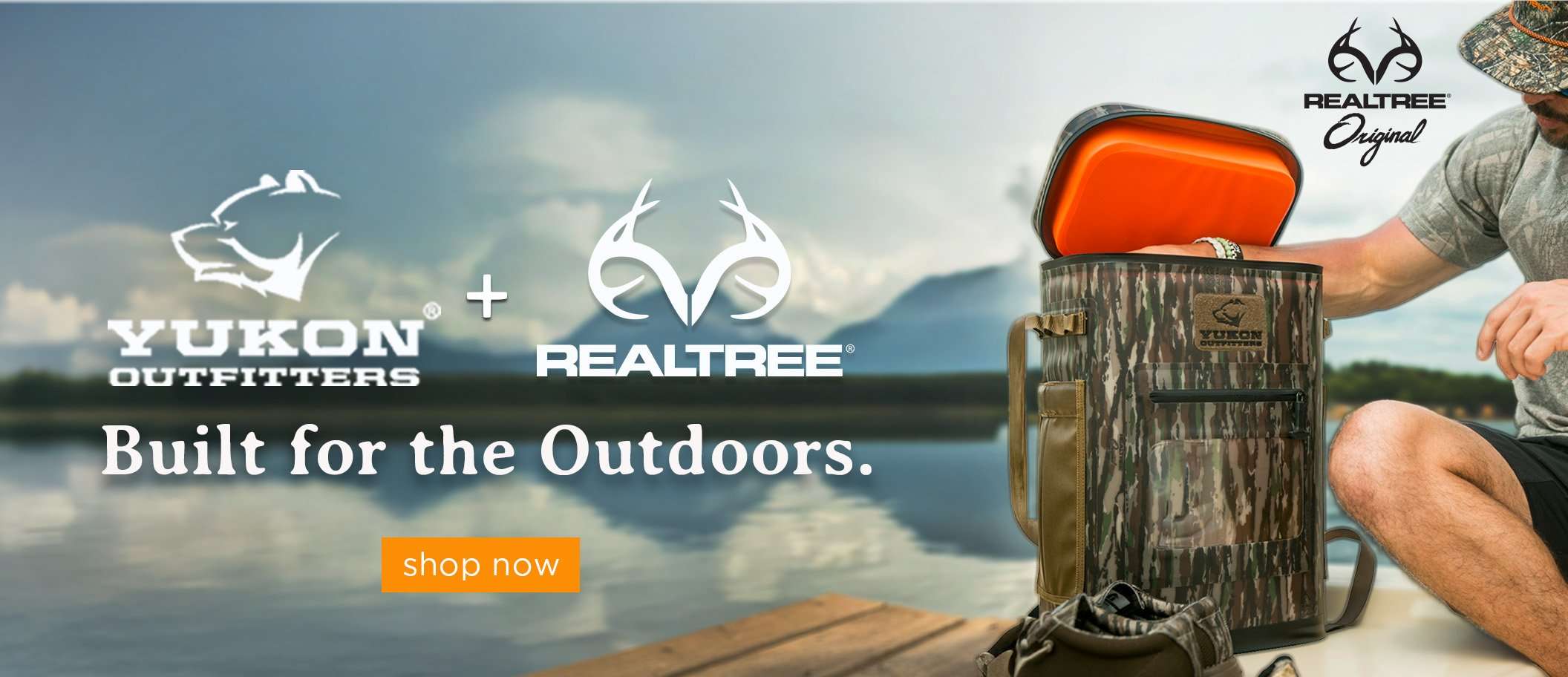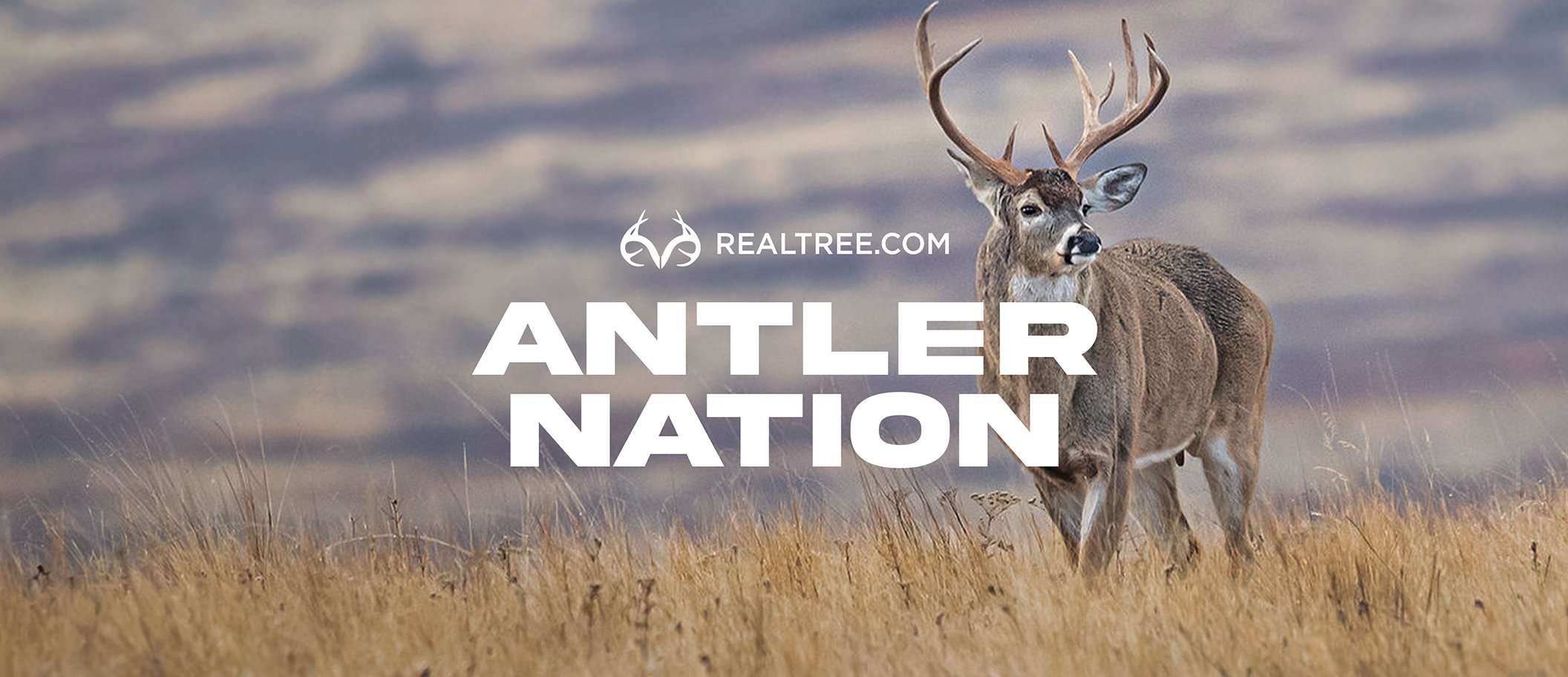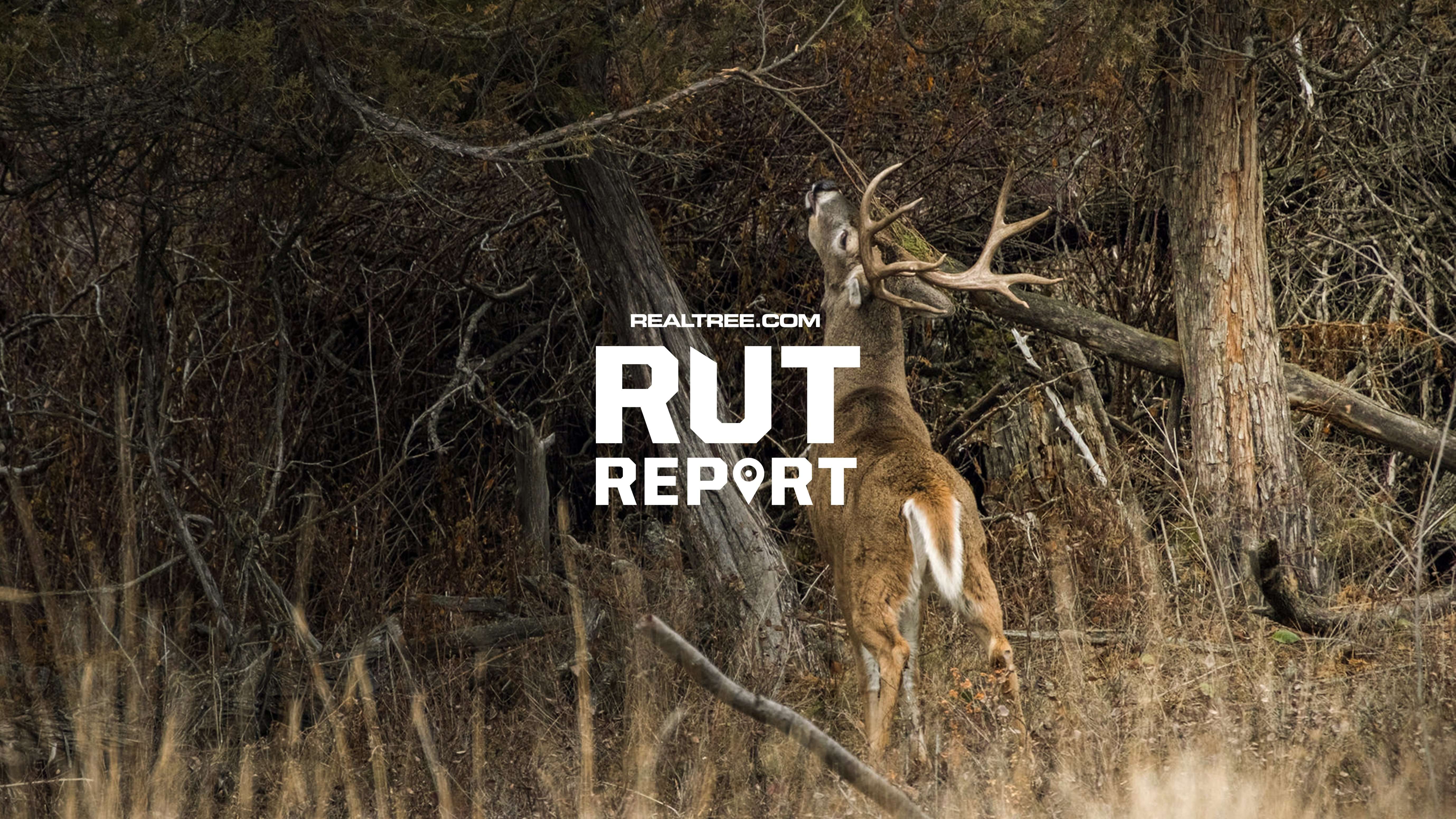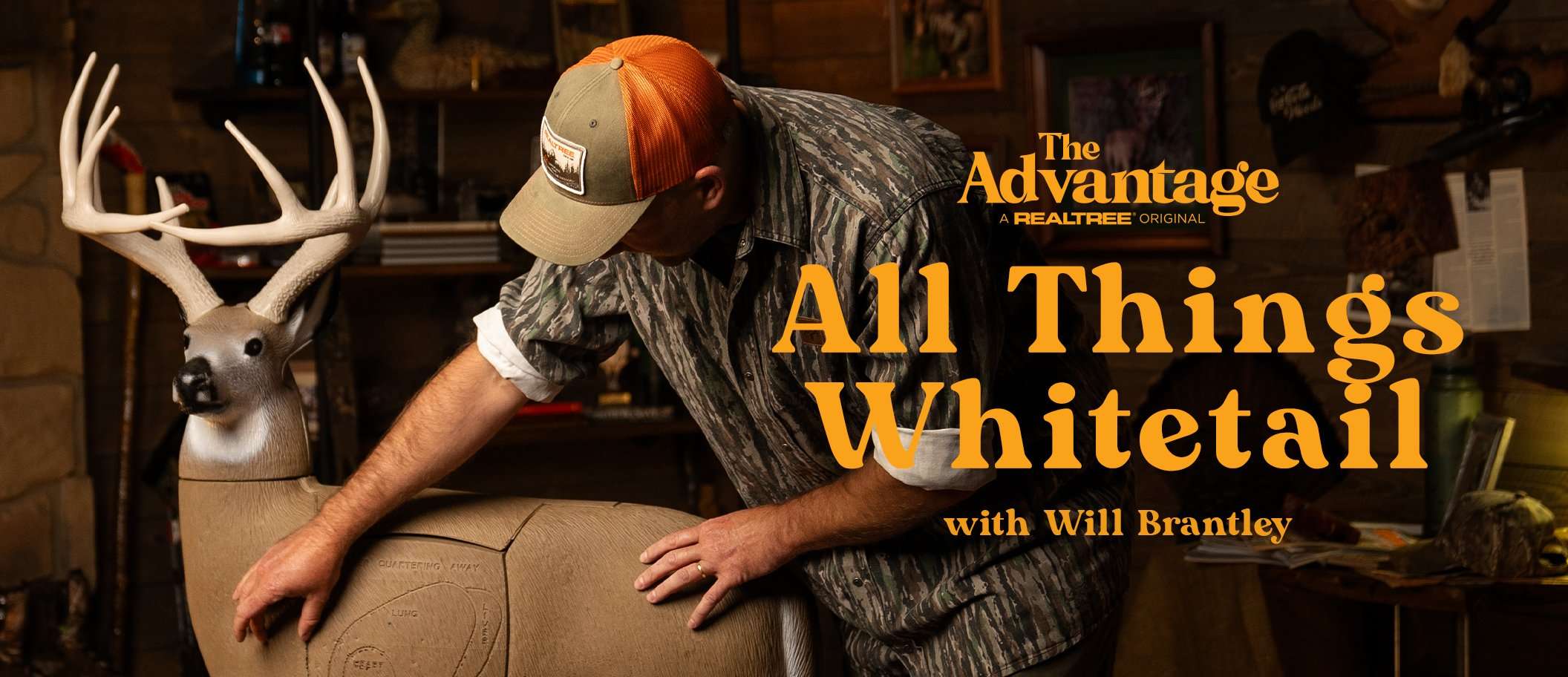This stubby cartridge might be one of the best rounds out there for young deer hunters to use
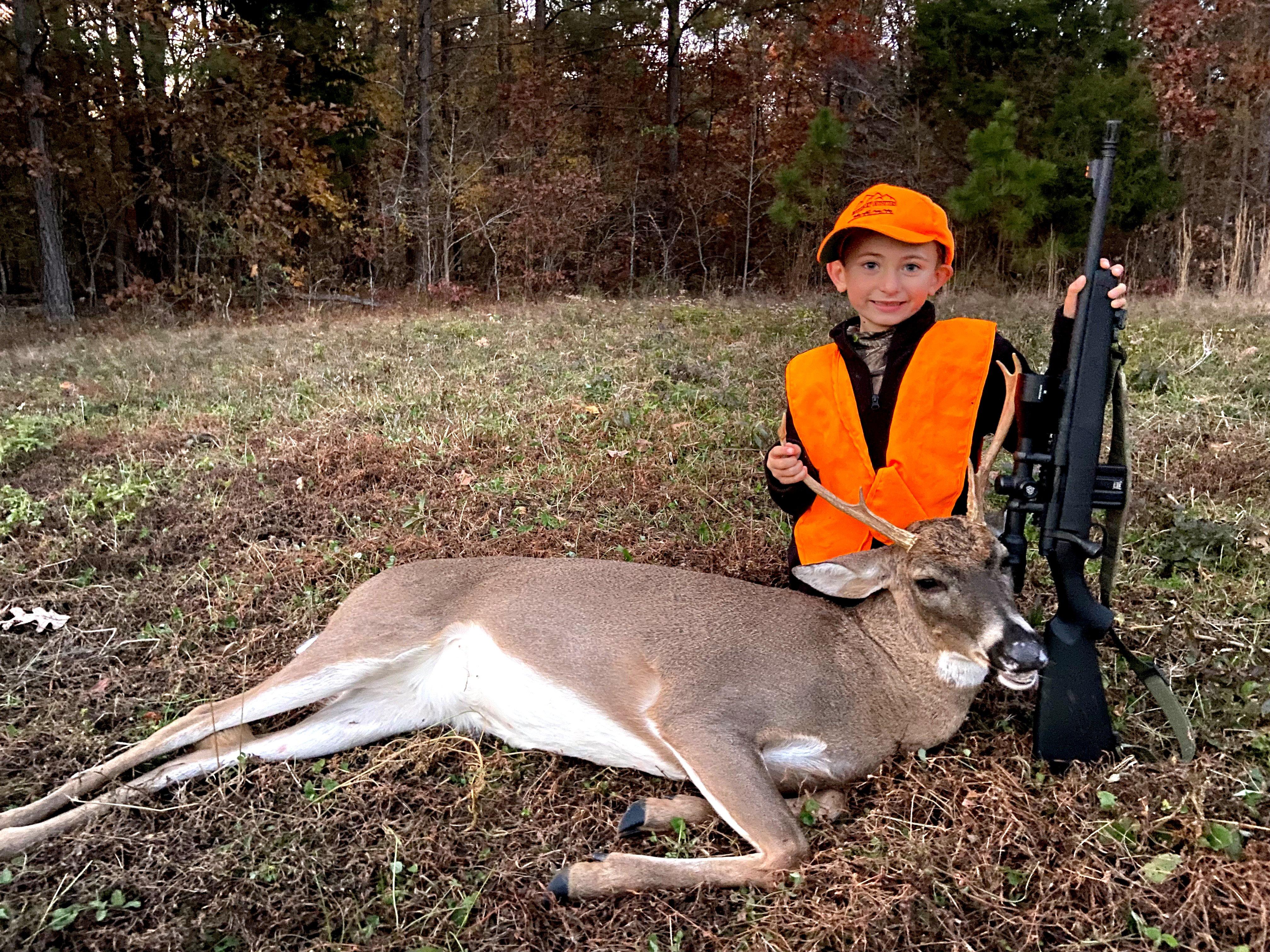
The author’s son, Anse, with a buck he shot at 90 yards with a .300 Blackout. The light-recoiling cartridge is perfect for building a young hunter’s confidence.
The 2-year-old buck was facing us at 90 yards, and my son, Anse, 7 years old at the time, said he was steady, with the deer in the scope. I told him to hold on the crease between the buck's neck and shoulder, and squeeze the trigger slowly. The deer crumpled at the shot, kicked twice, and was dead, hit exactly where I'd told Anse to aim. The bullet exited just behind the offside shoulder, leaving a hole the size of a quarter. The doe Anse killed that same afternoon, shot broadside through both shoulders at 60 yards, fell dead in her tracks, too. So too did the button buck he shot a week later.
That season was Anse's first with the .300 AAC Blackout (.300 BLK for short), and mine too. On the range, the gun — a bolt-action Mossberg MVP Patrol Rifle — got the kid's seal of approval for not kicking hardly at all. I was impressed by the MOA groups, and I've been really impressed by all those easy tracking jobs in the field.
The .300 BLK, designed by Advanced Armament Corp., wasn't designed as a hunting cartridge but as a combat round to provide extra punch via more bullet weight over the 5.56 mm, while still working within the dimensions of the AR-15 and M4 carbines. The round has been well received for that. It's available in numerous subsonic loadings, too, and is a favorite for pairing with a suppressor.
It's a safe bet that folks who wanted to take their ARs deer hunting first noted the .300 BLK's effectiveness as a hunting round. Though it's still mostly chambered in AR platforms, it's since become available in several handy bolt-action guns. My buddy Ryan has a suppressed Model 700 SPS Tactical in .300 BLK, and everyone who shoots it wants to shoot it again. It's fun. His daughter has used it to kill multiple whitetails and a couple of Texas hogs, too. As a cartridge for young hunters, the .300 BLK is particularly good.
Unless you've hunted with small kids, you can't appreciate how delicate the recoil and muzzle blast factors can be. “How much does it kick?” is the first question Anse used to ask every time he was practicing on the rifle range. I never lied to him, because he needed to trust me when I said, “just a little bit.” He never had a particularly bad recoil experience. Not like another buddy of mine's son, for example, who wouldn't touch a deer gun of any sort for several years after getting scoped by a .243. One bad experience can cause a bunch of long-term problems, and I was extremely careful to keep that from happening. After shooting the .300 BLK myself, I knew recoil wouldn't be a problem.
Don’t Miss: Hunting with the Federal 7mm Backcountry
On the range I tried a few different loads through the Mossberg, including Ryan's reloads with 125-grain Nosler Ballistic Tips. It shot well with those, but it did even better with the 110-grain Barnes Tac-TX FB factory loads (advertised 2,350 fps). That's what we've mostly hunted with, although I'd like to try some heavier options, like Federal's 150-grain Fusion.
In hunting conversations, I've seen the .300 BLK compared to the .30-30 Winchester. It's important to note they are not the same. Power-wise, the .30-30 is a definite cut above, with some 20% more velocity and 37% more energy at the muzzle (both with 150-grain bullets). Of course, the .30-30 kicks much more, too, and isn't available in any handy, compact bolt-actions that I know of, and certainly no ARs.
Don’t Miss: Why the .223 Is a Great All-Around Hunting Cartridge
Really, in the context of deer hunting, it's more useful to compare the .300 BLK to the .223 Remington, since they're on the same platform and generally serve the same compromise caliber niche, at least in the deer woods. The .223 works, but my experience with it is one of tiny entry holes, no exit holes, and poor blood trails — even with deer bullets. Simply put, our experience with the .300 BLK this season has been far more convincing.
There's a modest recoil increase in the .300 BLK over the .223, but the performance assurance on deer more than makes up for that. And for close-range practice with little noise and recoil (especially when paired with a suppressor), subsonic factory loads put another check in the .300 BLK's favorability.
Anse is 11 years old now, and can handle a more capable rifle. Last fall, he did most of his hunting with a 6.5 Creedmoor. He’s been very successful, partly because of the excellent foundation and confidence he built while hunting with the light-kicking .300 BLK. We still have that rifle, it’s still great fun to shoot, and within 150 yards, it’s still an excellent deer cartridge.

